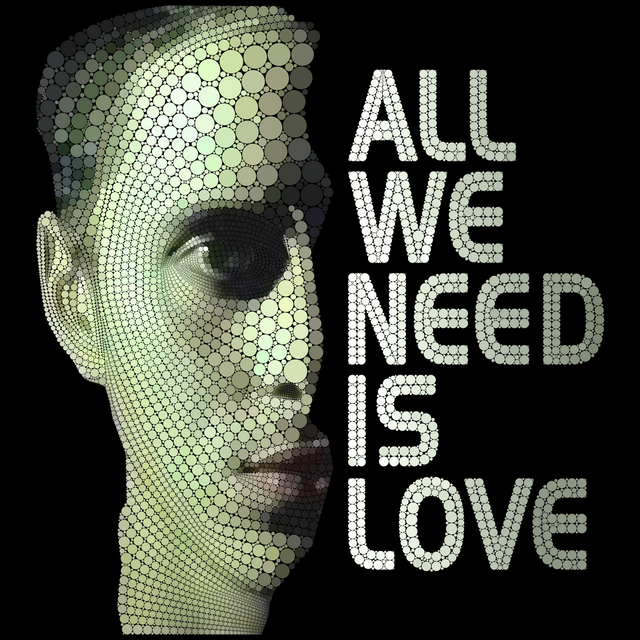In the age of technology, where artificial intelligence and virtual characters blend seamlessly into our digital experiences. It’s common for users to become both enchanted and wary of their online companions. One character that has sparked people’s attention is Talking Angela. A virtual cat who you can play with, talk to, dress up, and more. Angela was created by Outfit7, a video game company that runs the whole talking tom/angela business. Her primary purpose is to engage users in playful conversation, a theory where many parents do believe that there is an actual camera lens in her eyes watching their child’s every move and listening to their every conversation. This is the Talking Angela Conspiracy Theory.
This conspiracy theory started back in the early 2010s. It got posted all over social media and viral videos warning parents to check through their children’s phones and/or iPads. Many believed that her big round eyes were not just animated features but camera lenses, a hidden agenda of surveillance. This assumption was told with unsettling stories claiming that the app could access microphones and cameras on users’ devices. The theory gained more popularity when a crowd of people reported unusual occurrences when they were on the app. Something more sinister is at play.
Despite the alarming nature of this theory, it’s reasonable to separate facts from fiction. Outfit7 has maintained that the app doesn’t contain anything that may be harmful or be an invasion of
privacy to parents and their children. The “evidence” of cameras is mainly people photoshopping it in to get people scared and maybe even sue the company. While the concerns about data privacy in applications are valid—especially with the rise of technology—it is crucial to challenge people’s minds into thinking they are being watched and/or listened to. “we’ve been unable to reproduce any of the reported salacious behavior attributed to it in various online rumors. Yes, Angela may ask some questions involving the disclosure of personal information during text chats, but those questions are rather innocuous (e.g., “What’s your name?” or “How old are you?”), the responses aren’t forwarded or shared outside the app, and none of this takes place unless Child Mode is specifically disabled.” said David Mikkelson
This conspiracy theory reflects a border in which people project their fear and anxieties onto digital interactions. In this world where privacy breaches and data misuse are prevalent issues, it is natural for users to seek patterns that may “confirm” their suspicions. Virtual characters like Talking Angela extend beyond their actual programming. As a result, conspiracy theories can serve as silly tales—reminding society to be on the lookout while still encouraging informed discussions.
In conclusion, the conspiracy theory surrounding Talking Angela and the alleged camera lenses in her eyes showcases the complexities of our relationship with technology. While it is essential to remain alert to the potential threats posed by various applications, skepticism should be grounded in evidence rather than speculation. As we navigate the digital landscape, fostering awareness and open dialogues about privacy can empower users and creators alike. By doing so, we can enjoy playful interactions with virtual characters without surrendering our trust or privacy.








